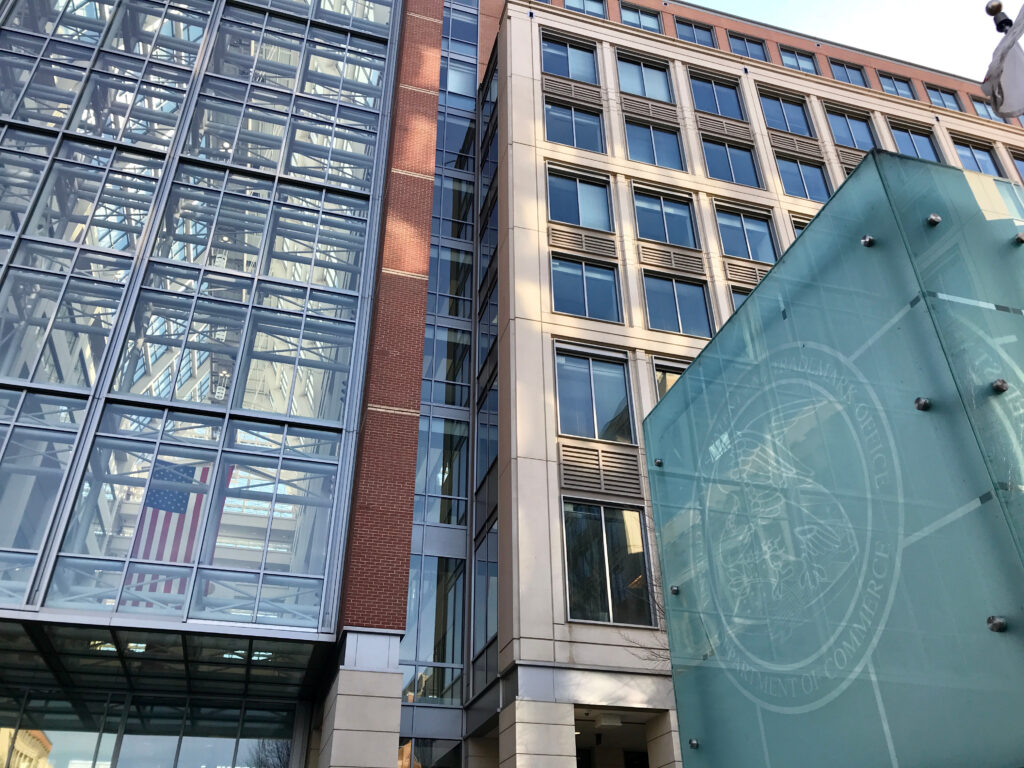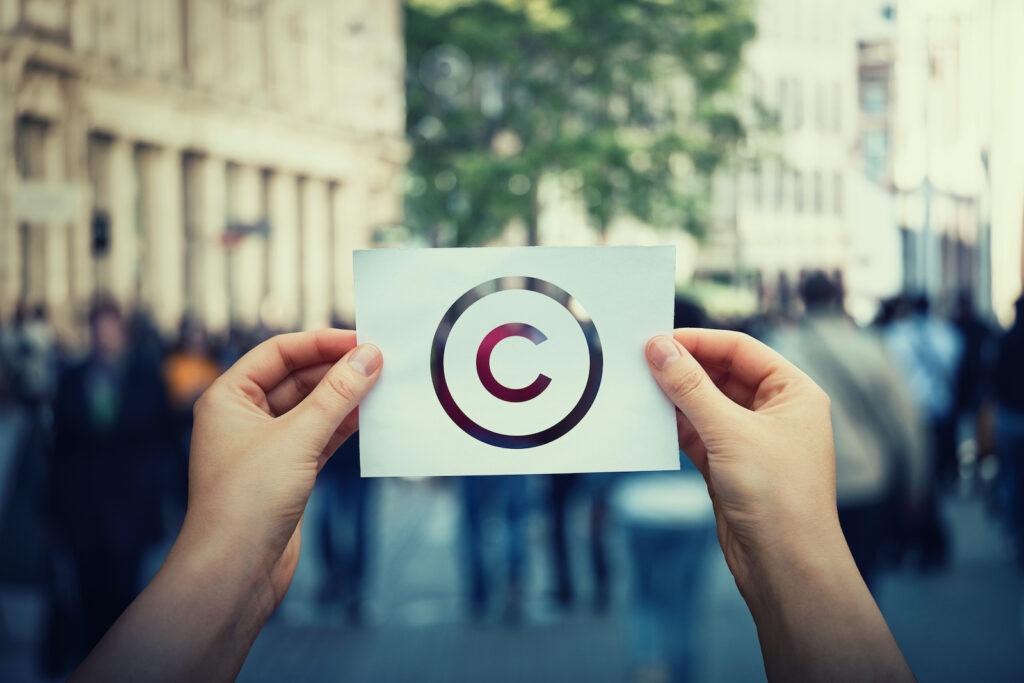
International patent filings are complex, and the consequences of poorly translated submissions are serious.
In a global economy, securing international patent rights is a major business priority. Without the swift implementation of thorough and robust patent protection, a business can’t hope to take full advantage of potentially lucrative opportunities in foreign markets.
Unsurprisingly, potential clients seek out patent law firms with a high success rate in international patent filings.
But what does it take to stand out from the crowd in this highly competitive field?
The quality of an international patent application largely depends on the quality of its translation. Businesses that use professional patent translation services, therefore, are far more likely to succeed.
Here’s how to effectively translate your international patent filings:
Don’t Overlook Technical Details
Patent protection reaches only as far as the national border. File the necessary documentation in each individual jurisdiction to protect a patent beyond your home country.
Additionally, file it in that country’s native language.
Every international patent that is filed is considered a separate document that must stand on its own merit. That’s without reference being made to the native-language patent application.
Any business hoping to survive, let alone thrive, on the international stage, therefore requires watertight patents to be filed in a number of languages.
Therefore, the quality of the translation must capture every detail and nuance of the original. This presents a significant challenge.
A patent is a complex technical document, often involving highly specialized descriptions, exhaustively annotated drawings, and several supporting documents.
Translate this complicated package with absolute accuracy. That guarantees the optimal level of intellectual property protection across global markets.
Without accurate translation, then, the patent application will fail. And it’s all too common for an international patent to be unsuccessful.
That’s not because of a technical failure of the invention itself, but because of a shortcoming in the translation.
In fact, existing inventions are rarely rejected when filed in foreign countries, but the way the patent is articulated is a common cause of disagreement.
Tailor Each Translation to Suit Local Patent Laws
Patent law is specific to each country. In some parts of the world, a regional patent office takes responsibility for patents on behalf of member states.
In Europe, for example, the European Patent Office (EPO) examines European patent applications for 44 countries through a centralized service.
Most countries’ patent laws have these key principles at their core:
- A newly filed patent must demonstrate a uniqueness that distinguishes it from similar inventions;
- its development must have required an inventive step, rather than the simple extension of an existing invention;
- the patent must lend itself to practical methods of production.
However, as with all such official undertakings, successfully navigating the complexities and potential pitfalls of the patent application process requires a deep understanding of local legal idiosyncrasies.
This level of local insight is a key differentiation between a standard patent translation and a high-quality, professional patent translation.
A dedicated, first-rate patent translator will work closely with clients as part of their team.
It’s by taking advantage of this knowledge, experience and capability that patent law firms can unlock a world of possibilities for their clients.
Optimize every patent application
Improving the success rate of international patent filings requires a streamlined translation process involving specialist translators with relevant technical, language, and regional expertise.
They typically have advanced qualifications in their specific field and have often had careers in a relevant sector and know the market well.
A patent translation teams needs a deep understanding of the technical terms and industry-specific jargon needed to create a reliable translation of the patent description. Additionally, a they’ll consider the unique requirements of the recipient of the patent application.
That includes everything from the submission format and filing process used in a particular patent office to individual countries’ legal requirements and industry regulations.
They will ‘stress test’ the new patent application as they translate, and identify and correct potential errors and weaknesses. This therefore prevents damaging delays and expenses at some point in the future.
For more information, read more about Summa Linguae’s patent translation services.



